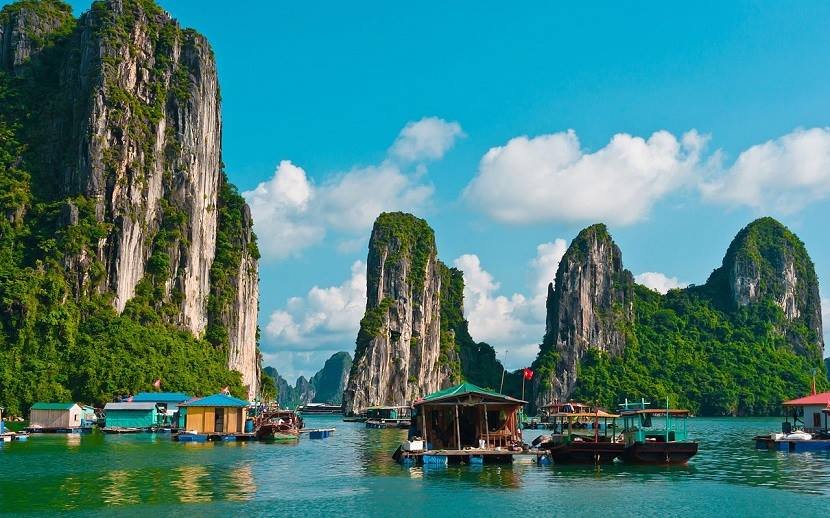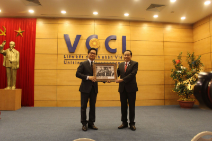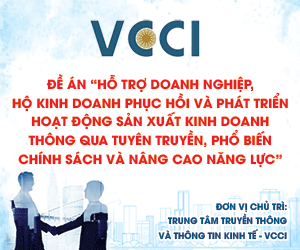Renewing the strategic investor approach in the Ba Ria–Vung Tau Area (HCMC)
After the merger, Ho Chi Minh City has emerged as Vietnam’s first megacity, becoming a powerful magnet for foreign direct investment (FDI) and a new investment hub — including the former Ba Ria–Vung Tau area.
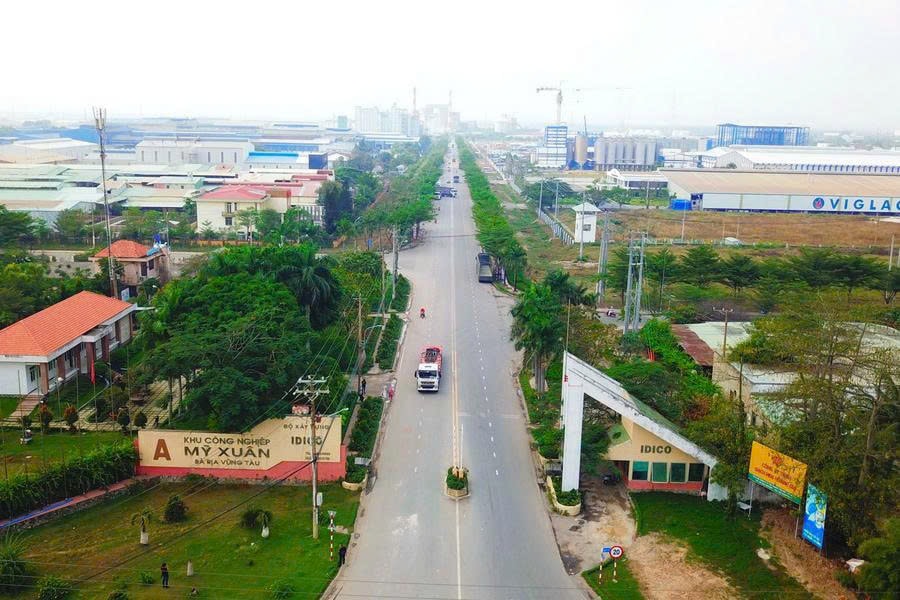
My Xuan B1–Conac Industrial Zone, Ba Ria–Vung Tau area (200 ha)
In an increasingly competitive environment for attracting investment, the approach previously adopted in Ba Ria–Vung Tau offers valuable lessons in how strategic investor targeting and coordinated regional development can drive long-term growth.
From a Promising Land to a Dynamic Industrial and Logistics Center
The former Ba Ria–Vung Tau area of Ho Chi Minh City remains a region in the process of urbanization and industrialization. With its coastal advantage, proximity to the East Sea, and position along international maritime routes, it has long possessed great potential that has yet to be fully realized.
With a strategic vision, the Government has identified the former Ba Ria–Vung Tau area as a key center for heavy industry, oil and gas, seaports, and logistics. The development of the Cai Mep–Thi Vai Port Cluster, built to international standards, provided a major boost, transforming it into one of the largest cargo transshipment ports in the region.
As Ho Chi Minh City began to face limits to its spatial expansion, investors started looking toward satellite regions such as Ba Ria–Vung Tau. From this shift emerged a trend of regional linkage between the central metropolis and its supporting cities, each sharing complementary functions. Ho Chi Minh City serves as the center of finance, research and development, and high-end services, while the former Ba Ria–Vung Tau area has become an industrial and logistics hinterland, specializing in manufacturing, seaport operations, and energy.
The Cai Mep–Thi Vai Port Cluster has become a premier destination for global logistics investors such as Maersk, MSC, and PSA. With its rare natural depth and direct connections to more than 19 countries, it is one of Vietnam’s few deep-water ports capable of accommodating vessels over 200,000 DWT. It offers direct shipping routes to major markets in Europe, the United States, and Northeast Asia, significantly reducing transportation time and costs. This presents a golden opportunity for logistics and supporting industries to establish globally competitive value chains, right from this strategic transshipment hub in Southeast Asia.
A number of modern industrial parks have emerged, such as Phu My, My Xuan, and Long Son, attracting major corporations including Hyosung, SCG, Posco, and Heineken. The story of the former Ba Ria–Vung Tau area shows that when sound policy, robust infrastructure, and pioneering investors converge, a region can experience rapid transformation.
In addition, the former Ba Ria–Vung Tau area has strong potential to attract investors in renewable energy — particularly wind, solar, and hydrogen — alongside those in high-end real estate and tourism.
“Vung Tau–Ho Tram: The new luxury retreat for Asian travelers.” Located less than two hours from Ho Chi Minh City and connected by a stunning coastal road, the area is transforming into a new five-star tourism hub, home to international brands such as Melia, Novaworld, and The Grand. This represents an opportunity for investors to capture the fast-growing high-end tourism market from South Korea, China, and Singapore.
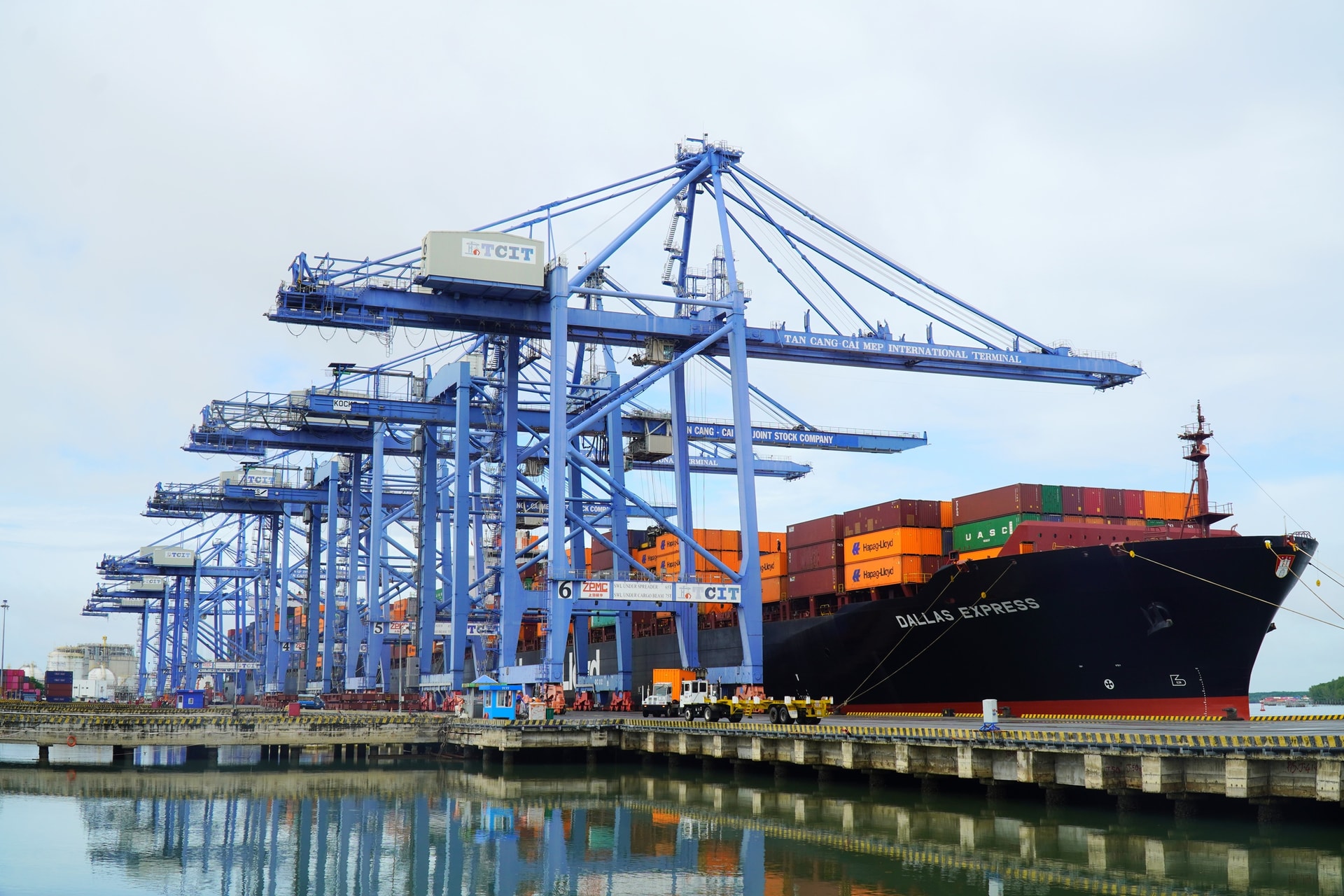
Success Stories: Strategic Investments Shaping the Region
Several major projects illustrate the successful attraction of investors to the former Ba Ria–Vung Tau area. The Cai Mep–Thi Vai LNG Terminal, a joint venture between AG&P and Hai Linh, is one of the largest LNG projects in southern Vietnam, with an import capacity of about three million tons per year, providing fuel for industrial zones such as Phu My and for power plants like Hiep Phuoc.
The Long Son Petrochemical Complex, developed by Thailand’s SCG Group, stands as one of the largest industrial projects in Ba Ria–Vung Tau. In 2025, the project’s investment capital was increased by about USD 400 million to expand its scale, demonstrating strong investor confidence in Vietnam’s petrochemical and chemical market, especially as the province and the nation promote clean energy and high-tech industrial production.
Hyosung Group from the Republic of Korea has also announced plans to invest around USD 1 billion in a carbon fiber manufacturing plant in the former Ba Ria–Vung Tau area, reflecting the shift toward high-value industrialization, export orientation, and technological innovation.
Meanwhile, Sun Group and other domestic and international investors are vigorously promoting resort, urban, and service projects.
Within industrial parks such as My Xuan A, My Xuan B1, and Dat Do 1, there have been a variety of FDI projects, including mechanical component manufacturing, textile production (GC Sportswear), and industrial valve factories (Ponhan Valve). This diversity demonstrates a wide range of industries — from supporting manufacturing to apparel and engineering — with efficient use of resources and strong contributions to global supply chains.
With its strategic location and upgraded port and logistics infrastructure — including the Cai Mep–Thi Vai deep-water port, new expressways, and coastal roads — the area has significantly reduced transportation costs and improved international connectivity.
In addition, its clear and investor-friendly FDI policies, administrative reforms, and strong cooperation between provincial and central authorities have made the investment licensing process faster and more transparent.
The diversification of investment sectors — spanning heavy industry, supporting manufacturing, petrochemicals, energy, real estate, and tourism — enhances the region’s overall appeal. The coexistence of carbon fiber plants, petrochemical complexes, LNG terminals, and luxury resort projects within the same area increases its competitiveness and economic resilience.
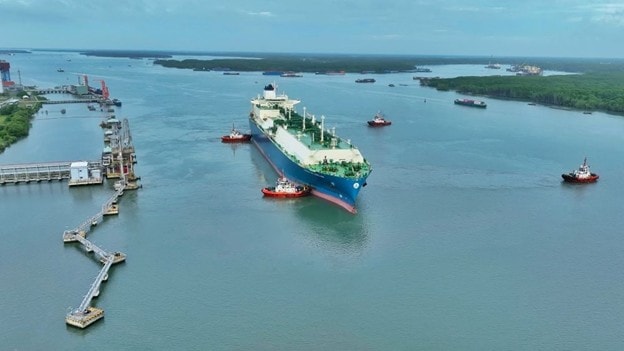
FTZ is now being accelerated toward approval, expected to serve as a breakthrough driver for Ho Chi Minh City’s commercial growth.
“One City – Three Centers”: A New Commercial Engine for Ho Chi Minh City
The development of a Free Trade Zone (FTZ) linked to the seaport in the former Ba Ria–Vung Tau area is now being accelerated toward approval, expected to serve as a breakthrough driver for Ho Chi Minh City’s commercial growth.
The former Ba Ria–Vung Tau region has long been the global import–export gateway of southern Vietnam, home to the Cai Mep–Thi Vai deep-water port cluster. It is also rapidly developing seaport logistics centers, cold storage facilities, bonded warehouses, and cross-border logistics services to support industrial and agricultural exports, as well as trade flows between southern Vietnam and ASEAN markets.
The Cai Mep–Thi Vai Port Cluster currently comprises seven container terminals, yet cargo throughput has already exceeded design capacity. Over the past four years, the volume has averaged nearly nine million TEUs per year, surging to 10.98 million TEUs in 2024 — highlighting the urgent need for expansion.
Recently, a proposal was submitted for the Cai Mep Ha General and Container Port Project, with total investment of VND 50.82 trillion, led by Geleximco Group, the International Transport and Trading Joint Stock Company (ITC), and the State Capital Investment Corporation (SCIC). According to the Ministry of Construction, the project is essential, as container traffic in the Cai Mep area has surpassed capacity and the plan aligns with Vietnam’s overall port development strategy.
The project covers more than 351 hectares, with an expected throughput capacity of 10.8 million TEUs per year. It aims to build a combined general and container port functioning as an international gateway and transshipment hub, comprising 17 berths totaling 5.9 kilometers in length, capable of accommodating vessels up to 250,000 tons.
More than a major infrastructure project, Cai Mep Ha Port represents the foundation for realizing a long-term vision: developing a Free Trade Zone connected to the seaport, as outlined in Resolution No. 24-NQ/TW of the Politburo on socio-economic development and defense security in the Southeast region through 2030, with a vision to 2045.
Following this resolution, the former Ba Ria–Vung Tau province formulated a proposal for a 3,749-hectare maritime FTZ at Cai Mep Ha, designed as a new-generation zone linking the Cai Mep–Thi Vai deep-water port with Long Thanh International Airport and the Trans-Asian Economic Corridor, with the goal of making Ho Chi Minh City Southeast Asia’s leading international trade gateway.
The Ho Chi Minh City Department of Industry and Trade has proposed that the National Assembly delegation consider accelerating approval of the Cai Mep Ha FTZ (which the former Ba Ria–Vung Tau People’s Committee submitted to the Prime Minister on May 21, 2025), and at the same time, to issue a development strategy for FTZs as a key policy tool for the 2021–2030 period.
The Cai Mep Ha Free Trade Zone is expected to become a strategic growth driver, enhancing Ho Chi Minh City’s position as a maritime and logistics powerhouse, while deepening its integration into global supply chains.
According to Dr. Do Thien Anh Tuan from the Fulbright School of Public Policy and Management, based on its existing advantages, Ho Chi Minh City’s vision for 2025–2045 is to become a leading international center for trade, services, and logistics.
This is built on a new structural model: “One City – Three Centers.” The former Ho Chi Minh City core will serve as a hub for premium retail and consumption; the former Binh Duong area will become the center for logistics and industrial commerce; and the former Ba Ria–Vung Tau area will function as the strategic hub for trade and seaport-based import–export activities.
This structure will enable Ho Chi Minh City to maximize its post-merger potential, create specialized commercial growth poles, and improve spatial planning efficiency and interregional investment coordination — reinforcing its role as Vietnam’s gateway to global trade and logistics.

